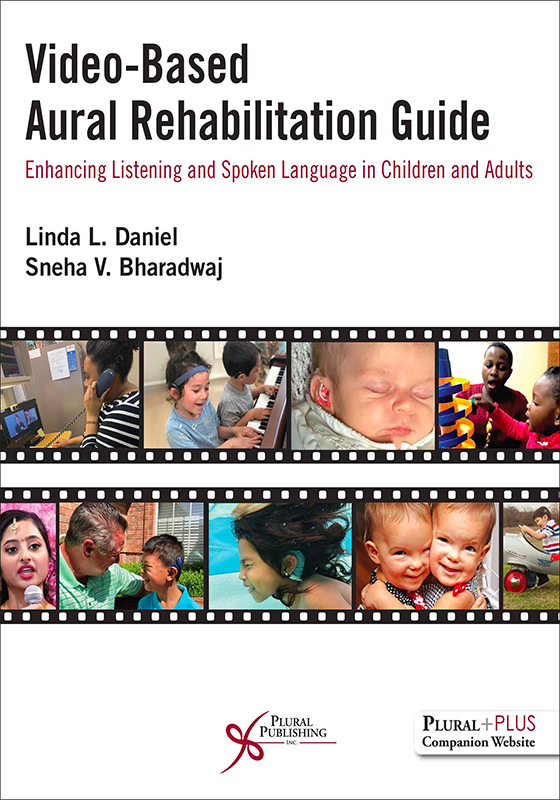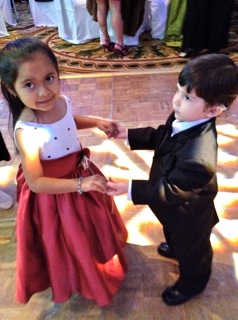Book-1

Linda Daniel, MS, MA is a Licensed Audiologist and LSLS Certified Auditory-Verbal Therapist. As director of HEAR In Dallas, she provides listening and spoken language services to individuals with hearing loss of all ages, many of whom have complex needs. For over 45 years she has been addressing the communication needs of children who have early- and late-identified hearing loss and adults with pre- and post-linguistic hearing loss. The children and adults in her practice have hearing aids, cochlear implants, and auditory brainstem implants. In her affiliation with the Dallas Hearing Foundation, she provides family-based services to children and adults who travel to Dallas from across the globe for hearing-related surgeries, hearing technologies, audiological, and aural rehabilitative services. Linda then maintains contact with the families via tele practice once they return to their countries. Throughout her career, Linda has participated in research, provided consultation services, and presented at professional conferences in the United States and abroad.

Sneha V. Bharadwaj, PhD, CCC-SLP, is an associate professor in the department of Communication Sciences and Disorders at Texas Woman’s University, where she has been a faculty member since 2009. She obtained her doctoral degree from the University of Texas at Dallas – Callier Center for Communication Disorders, where she also served as a Research Scientist for 4 years. She has been a licensed and certified speech-language pathologist for 20 years. She teaches undergraduate and graduate courses in communication sciences and disorders offered on campus as well as in the distance venues. Her research focuses on speech production, cognitive, and literacy outcomes in children with hearing loss.
The Video-Based Aural Rehabilitation Guide: Enhancing Listening and Spoken Language in Children and Adults is the first aural rehabilitation book of its kind to intertwine chapter text with over 200 captioned videos. With captioning, the videos are accessible to people who have hearing loss in addition to those with normal hearing. This unique resource is intended to educate undergraduate and graduate students in speech-language pathology, audiology, and education of the deaf and hard of hearing, as well as enhance the knowledge and skills of practicing professionals. The extensive videos are an invaluable resource for families that have a child or adult with hearing loss. Collaboration among 14 professionals in research, medicine, audiology, speech-language pathology, Listening and Spoken Language, psychology, occupational therapy, and education. Each chapter is concluded with a case study with videos of a child, adult, or family with hearing loss that exemplifies key concepts in the chapter.







